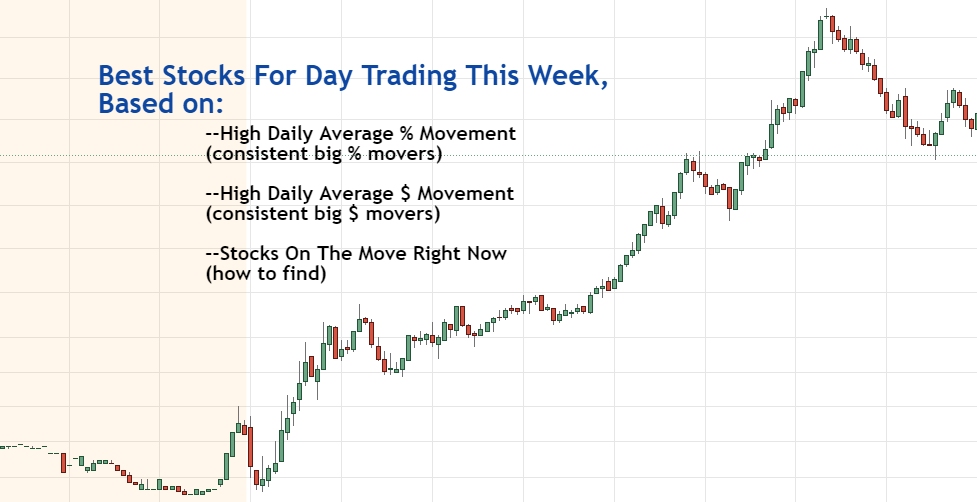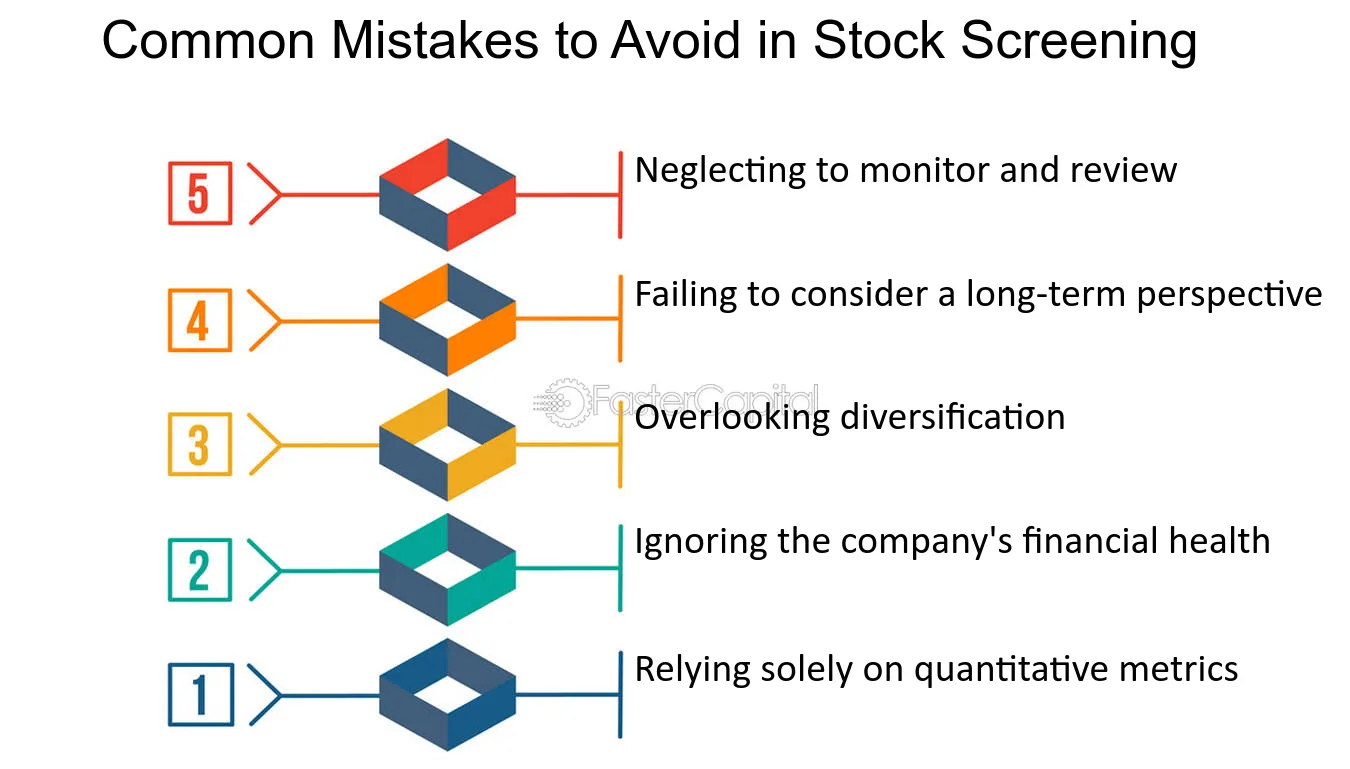Did you know that even a squirrel can outperform a day trader by randomly picking stocks? While that might be a humorous take, mastering stock scanning techniques is no joke if you want to achieve success in day trading. In this article, we delve into effective stock scanning strategies, covering everything from setting up a stock scanner to identifying high volatility stocks. You'll learn about essential features to look for, the importance of technical indicators, and how to filter stocks based on volume. We also highlight the top stock scanning tools and provide tips to avoid common pitfalls. With insights on automating your scanning process and backtesting results, you'll be well-equipped to find the best stocks for day trading today. Trust DayTradingBusiness to guide you through these vital techniques with precision and clarity.
What are the best stock scanning techniques for day trading?
The best stock scanning techniques for day trading include:
1. Volume Scanners: Look for stocks with high trading volume. This indicates strong interest and potential price movement.
2. Price Action Scanners: Focus on stocks with significant price changes, such as those moving 2% or more in a day.
3. Gap Scanners: Identify stocks that have gapped up or down at market open. Gaps can signal volatility and trading opportunities.
4. News-Based Scanners: Monitor news feeds for stocks with recent headlines or earnings reports, as these often lead to increased volatility.
5. Technical Indicator Scanners: Use indicators like RSI, MACD, or moving averages to find stocks that are overbought or oversold, indicating potential reversals.
6. Pre-Market Scanners: Check pre-market activity to spot stocks gaining momentum before the market opens.
7. Social Media Sentiment Scanners: Analyze trends on platforms like Twitter or Reddit to capture stocks gaining traction among retail investors.
Use these techniques to find stocks that align with your day trading strategy.
How do I set up a stock scanner for day trading?
To set up a stock scanner for day trading, follow these steps:
1. Choose a Scanning Tool: Select a platform like Trade Ideas, Finviz, or Thinkorswim.
2. Set Key Parameters: Focus on criteria like price range, volume, percentage change, and technical indicators (e.g., RSI, moving averages).
3. Filter for Volatility: Look for stocks with high daily price movements to catch quick trades.
4. Add Volume Filters: Set minimum volume thresholds to ensure liquidity.
5. Incorporate Technical Indicators: Use indicators like MACD or Bollinger Bands to identify potential entry and exit points.
6. Save Your Settings: Once configured, save your scanner settings for easy access.
7. Backtest Your Strategy: Test your scanner against historical data to refine your approach.
8. Monitor Real-Time Data: Keep your scanner running during market hours to spot trading opportunities.
Adjust these parameters as needed based on market conditions and your trading strategy.
What features should I look for in a stock scanner?
Look for real-time data, customizable filters, and technical indicators. Ensure it has a user-friendly interface, alerts for price movements, and volume analysis. Check for predefined scans for patterns like breakouts or reversals. Multiple charting options and backtesting capabilities are also essential. Finally, consider integration with your trading platform for a seamless experience.
How can I use technical indicators in stock scanning?
Use technical indicators in stock scanning by selecting key indicators like moving averages, RSI, and MACD to filter stocks based on your trading strategy. Set specific thresholds for each indicator to identify potential buy or sell signals. For example, screen for stocks with an RSI below 30 for potential buying opportunities or above 70 for selling. Incorporate volume indicators to ensure liquidity. Customize your scans based on timeframes that match your day trading style—like 5-minute or 15-minute charts. Regularly adjust your criteria as market conditions change to enhance your stock scanning effectiveness.
What are the top stock scanning tools available?
The top stock scanning tools for day trading include:
1. Trade Ideas: Offers real-time scanning and AI-driven alerts.
2. Finviz: User-friendly with a variety of filters for stocks.
3. StockFetcher: Customizable scans with advanced scripting options.
4. Thinkorswim: Integrated with TD Ameritrade, provides powerful scanning features.
5. TC2000: Combines charting and scanning with a robust interface.
6. MarketSmith: Focuses on growth stocks with in-depth analysis tools.
These tools help identify trading opportunities quickly and efficiently.
How do I filter stocks based on volume for day trading?
To filter stocks based on volume for day trading, use a stock screener tool. Set criteria to identify stocks with high average daily volume, typically above 1 million shares. Look for stocks with significant volume spikes compared to their average, which indicates potential volatility. Additionally, filter by percentage change to find stocks moving with increased volume. Monitor pre-market and after-hours volume as well, since this can signal upcoming trading opportunities.
What criteria should I use for scanning stocks?
For effective stock scanning in day trading, use these criteria:
1. Volume: Look for stocks with high trading volume to ensure liquidity.
2. Volatility: Choose stocks with significant price movements, usually defined by a percentage change.
3. Price Range: Focus on stocks within a specific price range that fits your trading strategy.
4. Technical Indicators: Use indicators like moving averages, RSI, or MACD to identify trends and entry points.
5. News Catalysts: Scan for stocks with recent news or earnings reports that could impact price.
6. Market Cap: Consider stocks with a certain market capitalization to align with your risk tolerance.
Adjust these criteria based on your trading style and risk preferences for optimal results.
How can I identify high volatility stocks for day trading?

To identify high volatility stocks for day trading, look for stocks with a high average true range (ATR) or significant price movements over recent days. Use stock screening tools to filter for stocks with large percentage changes in price, high trading volume, and strong news catalysts. Monitor pre-market and after-hours trading to spot stocks with early volatility. Additionally, follow sectors that are trending or reacting to news, as they often produce volatile stocks.
What is the importance of news in stock scanning?

News is crucial in stock scanning because it drives market sentiment and can lead to rapid price movements. Real-time news updates help traders identify potential catalysts for stock volatility, guiding their buy or sell decisions. For day trading, scanning for news on earnings reports, mergers, or economic indicators allows traders to capitalize on short-term opportunities. Monitoring news feeds ensures you're aware of events that may impact stock performance, enabling more informed trading strategies.
How do I scan for stocks with strong momentum?
To scan for stocks with strong momentum, use a stock screener with filters for price movement and volume. Look for stocks with a significant percentage change over a specific period, such as 1-day or 5-day gains. Set minimum average volume thresholds to ensure liquidity. Check technical indicators like the Relative Strength Index (RSI) and moving averages to gauge momentum. You can also filter by news catalysts or earnings reports that may drive price action. Finally, monitor pre-market or after-hours trading for early signs of momentum.
What role does market cap play in stock scanning?
Market cap helps identify a stock's size and stability, influencing liquidity and volatility. In stock scanning for day trading, it filters stocks that fit your strategy—small caps for high volatility and potential gains, or large caps for steadier movements. It also impacts risk assessment; larger companies typically have less price fluctuation. Use market cap to narrow your focus on stocks that align with your trading goals.
How can I use price action in my stock scans?
Use price action in your stock scans by focusing on key patterns and indicators. Look for stocks with significant price movements, such as breakouts above resistance or drops below support. Set your scans to identify large volume spikes, which often indicate strong interest.
Incorporate specific price action signals like pin bars, engulfing patterns, or inside bars to filter potential trades. Adjust your scans for timeframes that align with your trading strategy, whether that's intraday or swing trading. Finally, use alerts for price levels that trigger your interest, ensuring you act quickly on opportunities.
What are common mistakes to avoid in stock scanning?

1. Ignoring volume: Always check trading volume; low volume can lead to erratic price movements.
2. Overlooking fundamentals: Don't just rely on technicals; understand the company's fundamentals to avoid potential pitfalls.
3. Setting unrealistic filters: Avoid overly strict criteria that limit your results; balance specificity with flexibility.
4. Neglecting market trends: Stay aware of broader market conditions; scanning stocks in isolation can lead to poor decisions.
5. Relying solely on algorithms: While algorithms can help, always use your judgment and analysis to confirm findings.
6. Skipping backtesting: Test your scanning strategy against historical data to identify potential weaknesses.
7. Focusing too much on price: Look beyond price movements; consider indicators like RSI or MACD for a fuller picture.
8. Failing to adapt: Markets change; regularly update your scanning criteria to reflect current trends and conditions.
What are the best stocks for day trading today and how can I use effective scanning techniques to find them?
The best stocks for day trading today include highly liquid options like Tesla (TSLA), Apple (AAPL), and NVIDIA (NVDA). Use effective stock scanning techniques like filtering for high volume, volatility, and news catalysts to identify potential trades.
Learn more about: Best Stocks for Day Trading Today
Learn about Tools to Find the Best Day Trading Stocks
How can I automate my stock scanning process?
To automate your stock scanning process for day trading, start by choosing a reliable stock scanning tool like Trade Ideas, Finviz, or StockFetcher. Set up specific criteria based on your trading strategy—such as price movements, volume spikes, and technical indicators. Use alerts and notifications to stay updated on stocks that meet your criteria. Consider scripting your scans using platforms like Thinkorswim or TradingView, which allow for custom scans and automation. Finally, integrate your scans with a trading platform that supports automated trading to execute trades based on your scan results.
What strategies work best with stock scanning for day trading?
Focus on these strategies for effective stock scanning in day trading:
1. Volume Filters: Look for stocks with high trading volume to ensure liquidity, making it easier to enter and exit positions.
2. Volatility Scanners: Use scanners that identify stocks with significant price movements, as these often present the best day trading opportunities.
3. Gap Scanners: Target stocks that have gapped up or down at market open, which can indicate strong momentum.
4. Technical Indicators: Incorporate indicators like moving averages, RSI, or MACD to find entry and exit points based on trends and reversals.
5. News Catalysts: Scan for stocks with recent news or earnings reports that may drive price action.
6. Pre-Market and After-Hours Activity: Analyze stocks with significant activity outside regular trading hours to catch early movers.
7. Sector Performance: Monitor sector trends to align your trades with the strongest sectors, maximizing potential gains.
By combining these strategies, you can enhance your stock scanning process for day trading.
How do I backtest my stock scanning results effectively?
To backtest your stock scanning results effectively, follow these steps:
1. Select a Backtesting Platform: Choose software like TradingView or Thinkorswim that allows for historical data analysis.
2. Define Your Criteria: Clearly the parameters you used in your stock scan, such as price movements, volume, and technical indicators.
3. Gather Historical Data: Obtain historical price data for the stocks you scanned. Ensure it includes the timeframe you want to analyze.
4. Simulate Trades: Apply your scanning criteria to the historical data and simulate trades based on your buy/sell signals. Track entry and exit points.
5. Analyze Results: Review key metrics like win rate, average profit/loss per trade, and maximum drawdown. This will help evaluate the effectiveness of your scanning strategy.
6. Refine Your Strategy: Use the insights gained to adjust your scanning criteria and test again. Continuous improvement is crucial.
7. Document Findings: Keep a record of your backtesting results for future reference and strategy development.
By following these steps, you can effectively backtest your stock scanning results to enhance your day trading strategies.
Conclusion about Effective Stock Scanning Techniques for Day Trading
Incorporating effective stock scanning techniques is crucial for successful day trading. By utilizing the right tools and features, traders can filter stocks based on volume, volatility, and momentum, enabling informed decisions. Understanding the role of technical indicators and market news can further enhance your scanning process. Avoiding common pitfalls and automating your scans can save time and improve efficiency. For comprehensive guidance on these strategies and more, DayTradingBusiness is here to support your trading journey.